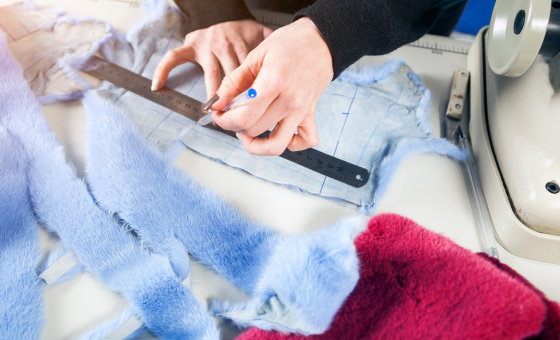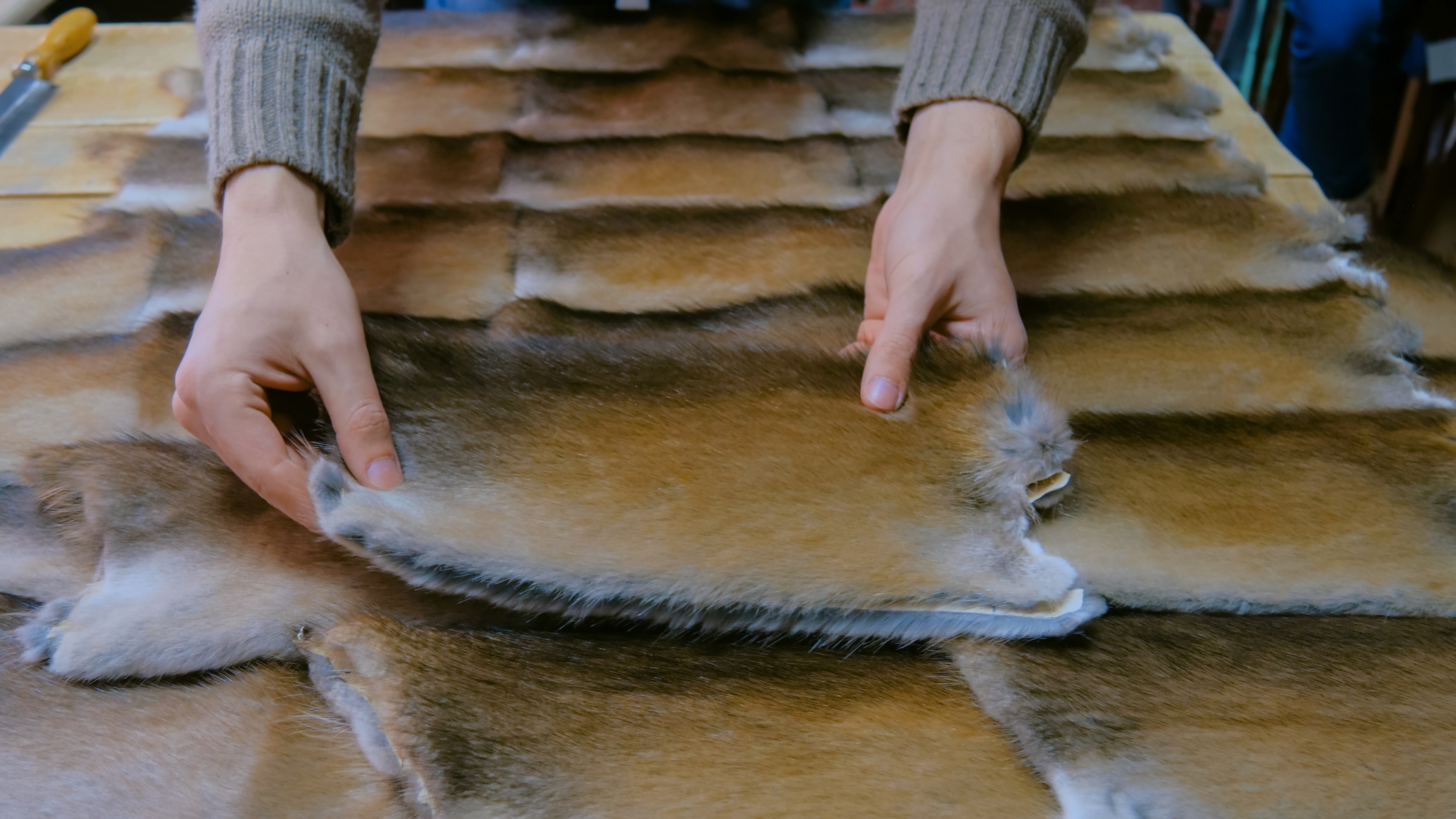
Description
Fur clothing is made from furry animals and is thought to be one of the oldest forms of clothing. Even today, fur is viewed as a form of fashion and worn by many people. It is worn for many purposes i.e. to keep warm or bought as a luxury item by the wealthy. A furrier is the one who designs fur clothes and shapes fur into different forms of clothing such as hats, jackets, coats or shoes. They also restyle, alter, clean and repair fur items. Furriers can be self-employed or work for a fashion company under a head designer.
Common Duties/Routines
Furriers purchase different types of pelts that they think their clients will be interested in buying, from the international fur market. For this, they need to have good knowledge of different types of animal fur and their prices. They then process them using different chemicals such as sawdust, alum salts, table salts, cornstarch and lanolin and then bleach and dye them if required. Then its felting quality is increased by using other chemicals and finally designing and styling is done to make the fur into different kinds of garments. They may also be involved in the selling of fur.
The furriers make sketches and drawings of the designs they want to create from the fur. They also take their clients’ specific requests into consideration if they have any. Then they take the client’s measurements and note their build, age and personality. They also suggest and propose their own opinions and different styles and designs to the client. Using all this information, a model garment is made and the client is made to wear that. If it is a perfect fit and the client is satisfied with the particular product, the furrier cuts the fur and begins designing it. He cuts out a pattern which is joined and molded by the machinist and finally moistened and brushed making the garment ready to be given to the customer.
A furrier should always keep oneself up to date about the present-day fashion trends and designs and create his own designs and styles accordingly. They may also restyle their own designs and give them a more modern touch.
They also estimate the cost to produce the garment and costs of other things such as altering, repairing and cleaning it and keep records of the products sold and other costs that have been incurred in running the business. And should also know how to negotiate and bargain with suppliers to get good raw material on lower costs.
One of the duties of a furrier is to never compromise on quality and deliver the promised product to the customer. They should also know how to meet deadlines and deliver the garment on the promised date.
Faux fur, also known as fake fur, is made of a synthetic material but gives a feel similar to that of the real fur. And a furrier should also know how to make that.

Required/Trained Skills
- Sound knowledge of different types of fur, which ones are more valuable and renowned and also knowledge of the fur trade.
- Innovative and creative to create and think up of new designs and ideas.
- Good drawing and sketching skills to draw different styles, designs and patterns on paper.
- Attention to detail.
- Manual dexterity and good hand eye coordination as working with very small objects will be required.
- Basic mathematical knowledge to estimate costs and calculate profits and losses.
- Good communication and interpersonal skills to work in a team and work effectively with coworkers and attract customers.
Common Duties/Routinesmarketing skills to attract customers and sell more garments.
One should be a high school graduate to pursue this career. A bachelor's degree in fashion design, sewing, textile or any other related subjects is preferred. An associate degree is recommended.
Work Atmosphere
A furrier, especially the ones that are self-employed, works regular working hours, five to six days a week. Some furriers, however, also work in rotating shifts in the morning, evening and night. However, if a big contract comes in and deadlines have to be met, they might have to work overtime as well.
Salary/Compensation
A furrier can be expected to earn an average of $30,000, annually.
Skillset 15
Skillset
HARD SKILLS
- Basic chemistry skills
- Basic math skills
- Dyes knowledge
- Fur and leather knowledge
- Geometry knowledge
- Raw material knowledge
SOF SKILLS
Must have:
- Brainstorming
- Creativity Creativity is a broad type of soft skill that can help you develop innovative solutions to problems at work. Instructional designers, architects, and artists are examples of jobs where creativity is crucial to success.
- Focus
- Imagination
- Inspiration
- Patience
Nice to have:
- Attention to Detail Attention to detail allows you to be both thorough and accurate in your work. Careers suited to detail-oriented people include accounting, pharmacology, and engineering.
- Critical observation
- Experimenting
